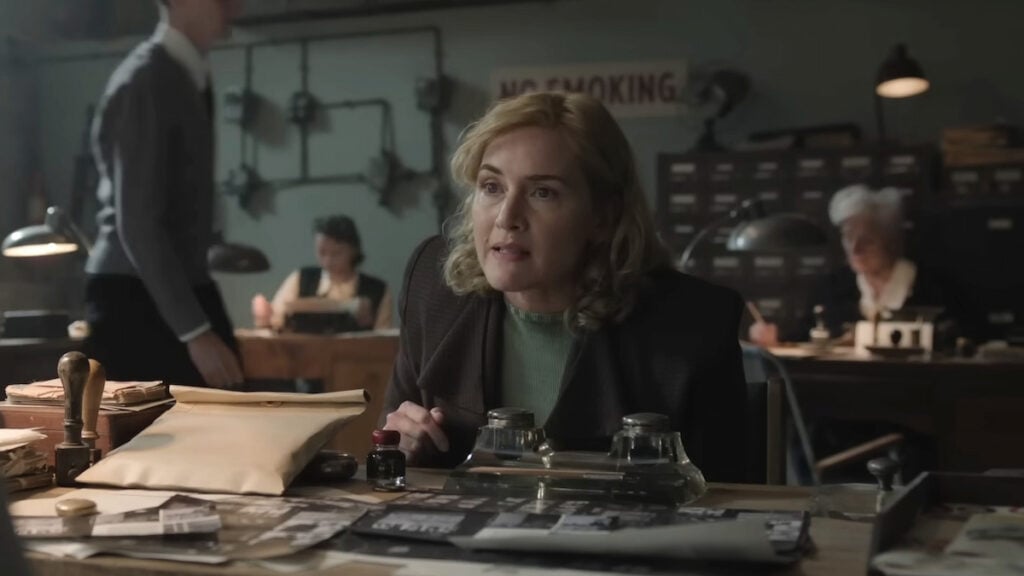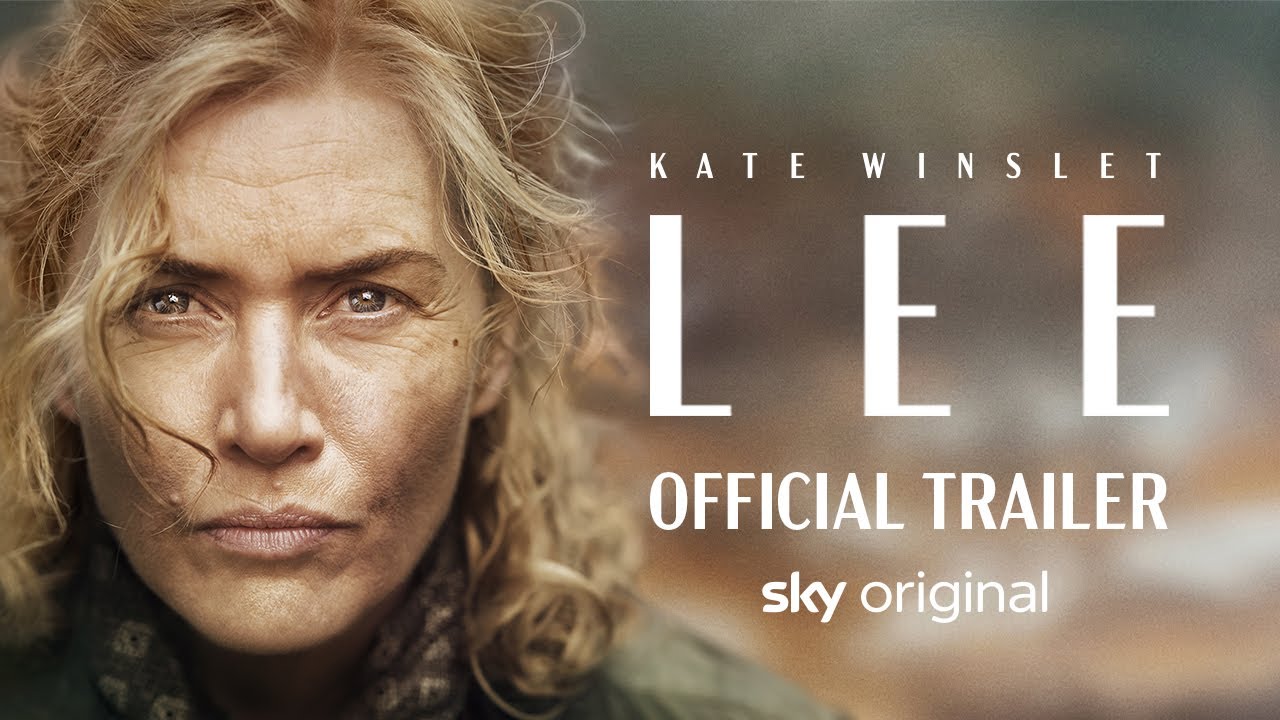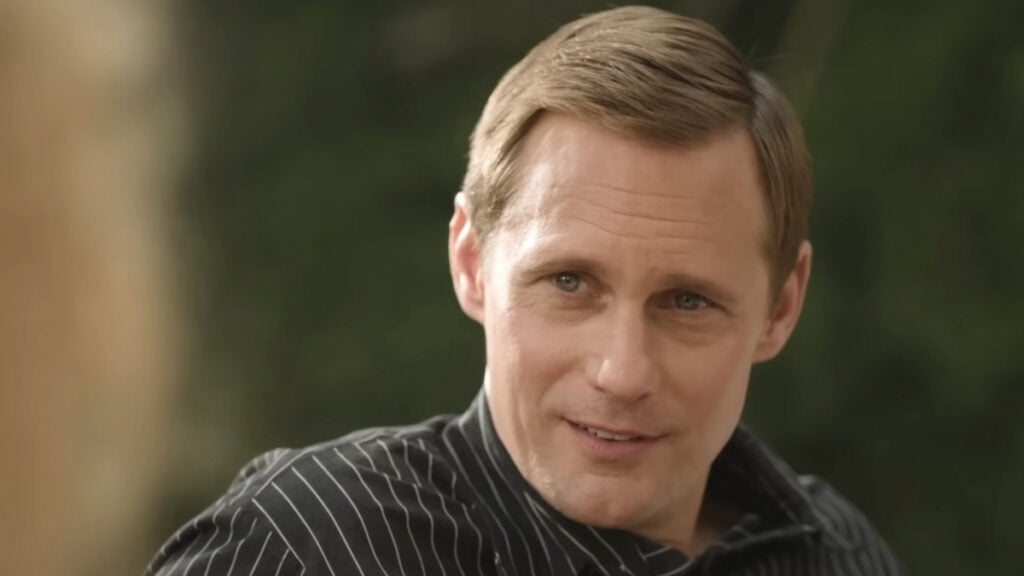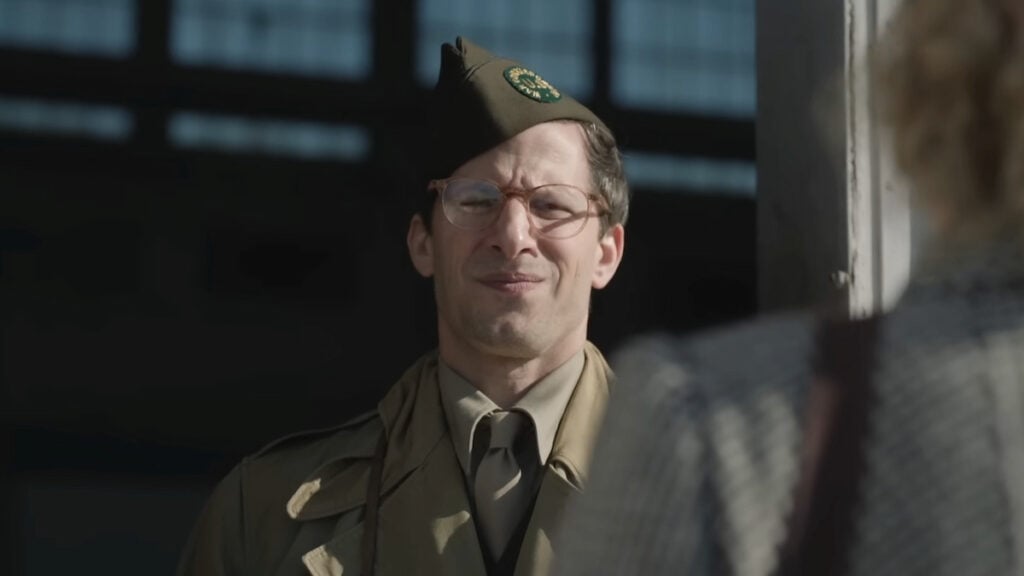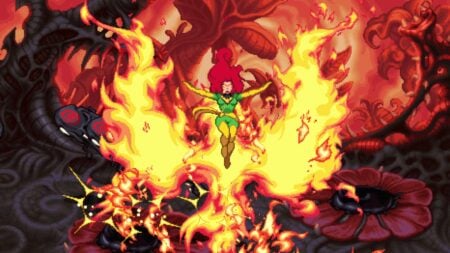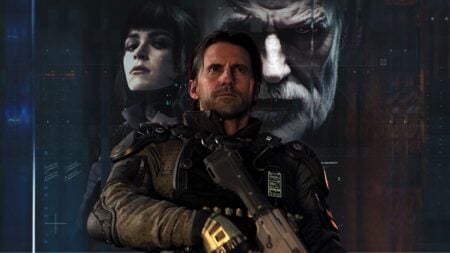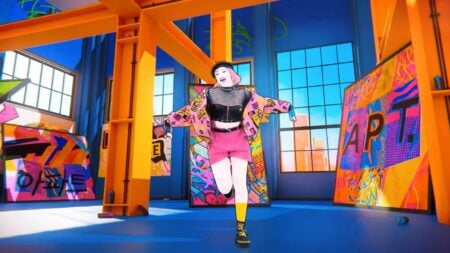Skip To...
Knocking down barriers and showing what needs to be seen, Lee doesn’t hold much back. Directed by Ellen Kuras (The Terminal List), the film is a biopic about the World War II photojournalist Lee Miller. It stars Kate Winslet (Titanic), Alexander Skarsgård (The Northman), Marion Cotillard (Inception), Andrea Riseborough (Birdman or The Unexpected Virtue of Ignorance), Andy Samberg (Brooklyn Nine-Nine), and Josh O’Connor (Challengers). Lee is based on a biography of Miller, The Lives of Lee Miller, written by her son, Antony Penrose.
The film begins with Miller (Winslet) – a former model – enjoying her life, frolicking with her friends. She soon meets her future husband, Roland Penrose (Skarsgård). During World War II, Miller feels compelled to pick up her camera and document the war. After many roadblocks, she journeys across Europe with American photojournalist David Scherman (Samberg) while working for British Vogue on a U.S. Army accreditation. While many of the things she documents are quite confronting, she keeps her gruff image up, documenting the atrocities committed by the Nazis.
Lee’s Story is Familiar
The film’s story is fairly simple, partly because it is a biopic. It’s a personal story about a complex woman. In Lee, Miller isn’t hindered internally with every roadblock being an external one. The story is reminiscent of this year’s Civil War, although of course this story is based on real events. There aren’t many twists and turns because there doesn’t really need to be. You’re watching history unfold and that’s interesting enough. There are a few scenes where Miller finds herself more directly in the line of fire, and those moments help to sustain the pacing through tension.
Something that improves the story is the framing device. The narrative is told through the perspective of a journalist (O’Connor) who is interviewing an older Miller. Even though these scenes are sporadic, they really pay off by the end. Framing the narrative like that not only enhances the quality of the story but also reveals more about Lee as a character. However, chunks of the film feel repetitive and uninteresting, even though it’s paced quite well. Watching Lee face many of the same misogynistic roadblocks feels exhausting. But, that’s most likely the point, as it was undoubtedly exhausting for her too.
It’s worth mentioning how satisfying it is when she does get ahead of the obstacles she faces. The period setting is quite well done, and the war film aspect of Lee is more pronounced than I thought it would be. In saying that, the film is much better in the more somber notes, with Miller and Scherman horrified yet still documenting the atrocities.
All-Star Performances
What elevates Lee isn’t the story, it’s the performances. Winslet is reserved but raw here, showing off her range. She allows herself to get emotional but is gruff at the same time. It’s an impressive performance against the best of her career. What’s surprising is how great Samberg is in the film. Of course, he’s mainly a comedic actor, but he nails the tragedy of what he’s seeing. Scherman isn’t a comic relief role, but instead, his presence just feels comforting alongside Winslet’s Miller. From the moment he’s onscreen, you know you can trust him.
Skarsgård’s good, but he doesn’t have much to do, although he shouldn’t. After Lee leaves him to go to do her new job, any time Roland comes back into the story it feels like an interruption. But, that obviously isn’t on him. It’s more a combination of how phenomenal Winslet is in the role, and how fantastic the cinematography is in the more intense war scenes. Cotillard is good too, and has a haunting scene that should stick with you. Riseborough also doesn’t have much to do but is great as the near-comedic editor Audrey Withers.
Lee looks great and is shot quite well. Much of the film is visually interesting, with a consistent barren tone because of the subject matter. The colors are muted, but that makes scenes with more accentuated colors pop. While the film does have its flaws, most of the time it looks so good that you won’t be paying much attention to them.
Treading Through Europe
The result of a repetitive but confrontational story, and impressive performances, is a very good film that you probably won’t forget. Lee stands alongside many other films in its genre, but mainly because of how the story is told, rather than what the story is, it’s one that you should think about returning to after the credits roll. If you like war films or if you’re a fan of Kate Winslet, you’ll want to check this one out in the theater.
You can catch Lee in theaters now.
Lee
Lee is an impressive bit of filmmaking, not because of its grounded ultimately triumphant story, but because of how that story is told.
Pros
- Great performances, particularly from Winslet and Samberg.
- Great framing device that reshapes the narrative.
- Good visuals, especially in the more haunting scenes.
Cons
- The story is a little repetitive, and can be uninteresting at times.
- The music is forgettable.

